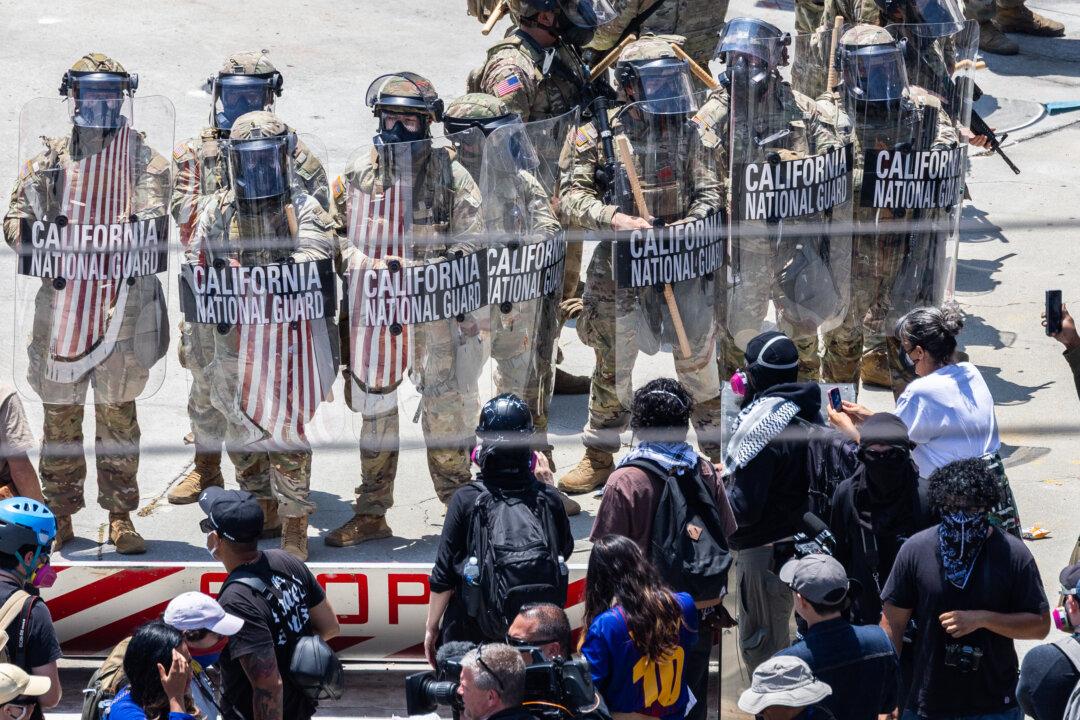About three million gallons of saltwater used for fracking spilled in North Dakota, according to reports on Friday.
The saltwater, known as brine, is an unwanted product of oil and natural gas drilling via hydraulic fracturing, known as fracking. It’s saltier than sea-water, and it may contain residue from the process and petroleum.
According to The Associated Press, two creeks have been affected in the spill. Meanwhile, water testing shows that saltwater contamination from the pipeline spill has reached the Missouri River.





